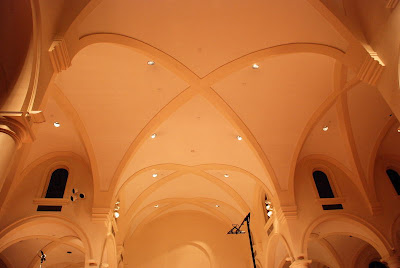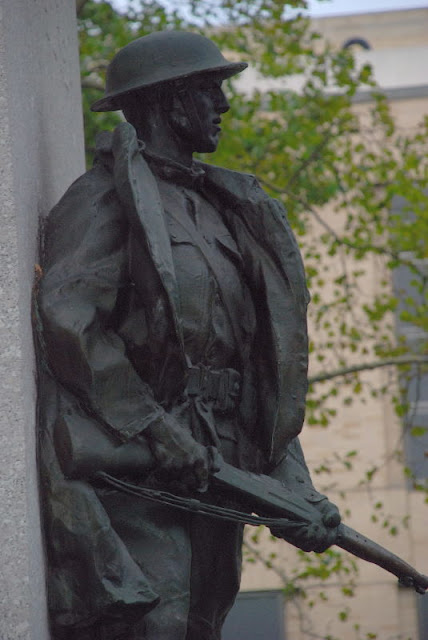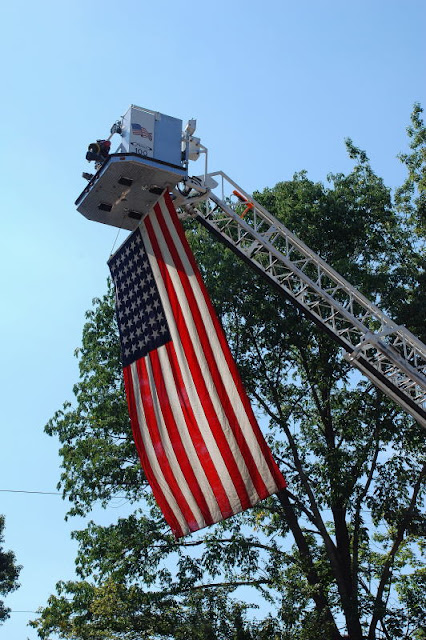
“No one has even begun to understand comradeship who does not accept with it a certain hearty eagerness in eating, drinking, or smoking.”
G.K. Chesterson
“What’s Wrong with the World”
Save the date, and make your reservations! The Masonic Society’s New Jersey Second Circle will hold its first Gathering on Tuesday, November 30 at 7 p.m.
Bloomfield Steak & Seafood House is located at 409 Franklin St. in Bloomfield, just a minute from Exit 148 of the Garden State Parkway.
We’ll meet at 6:30 for cocktails (cash bar) before retiring to our private room to enjoy a full course dinner. An entertaining address will follow, courtesy of Bro. Ben Hoff, the Right Worshipful Grand Historian of the Grand Lodge of New Jersey and Worshipful Master of NJ Lodge of Masonic Research and Education No. 1786.
Cost per person: $40. All Master Masons are welcome! Deadline for reservations is November 24. For info on how to make your reservation, just post a note in the comments section below, and I'll get back to you.

M.W. Roger VanGorden, the first president of The Masonic Society, greets keynote speaker Yasha Beresiner at the Society’s First Circle Gathering at Masonic Week last year. In addition to the First Circle Gatherings each February in Virginia, The Masonic Society hosts Semi-Annual Meetings in different cities around the country. (Indianapolis in 2009; New Orleans in 2010; and Salt Lake City for July 2011.)
The food at Bloomfield Steak & Seafood House is outstanding, and the ambiance and history of this unique establishment make it irresistible. It is the perfect venue for us, not only because it returns us somewhat to our Masonic roots in the taverns, but the story of this particular building is amazing, and even involves some notable Freemasons.
Here is how the Township of Bloomfield describes the site in its literature:
“Back in the 1600s, they built for longevity. Take for instance the Joseph Davis House.... The Davis house is a monument to the early history of Bloomfield, the oldest of the town’s pre-Revolutionary War homes. It is listed on both the state and national historic registers. Built by Thomas Davis in 1670, the house was occupied by his descendants until 1903. It has been associated with many historic events:
“During the Revolution, a tunnel in the cellar ran to the foot of Orange Mountain and was used by women and children to escape the British.
“A wounded English soldier was taken in by the Davis family and nursed back to health. To show his appreciation, the soldier built the well that still remains on the property, and hewed the stone wash basin that sits next to the well.
“General George Washington and General Henry Knox stopped at the homestead for directions to Morristown and were entertained for dinner. (Magpie Note: Both were Masons.)
“In the late 1700s, when the home was occupied by Deacon Joseph Davis, worship services were regularly held in the house. Otherwise, the closest churches were in Newark or Orange. In 1796, when the First Presbyterian Church on the green was built, Deacon Davis, a founding member, provided, for the sum of eight pounds, the land on which the church still stands.
“The charter of Bloomfield was signed in the house’s ‘beam ceiling room’ by General [and Bro.] Joseph Bloomfield in 1796. A group of citizens meeting at the home named the town after Bloomfield, who was a New Jersey governor and Revolutionary War officer.
“During the past two centuries, the Davis Homestead has been a farmhouse, hospital, church and restaurant. Only a handful of property transfers has occurred since Revolutionary War times, but what a tale the building tells from its early days!”
 All 70 members of The Masonic Society who reside in New Jersey have been invited, but this event is open to all Master Masons from lodges of both the Grand Lodge of New Jersey and the M.W. Prince Hall Grand Lodge of New Jersey, AND grand lodges in amity with them. Reservations in advance are required; don't forget to post a message in the comments section of this blog for information about that.
All 70 members of The Masonic Society who reside in New Jersey have been invited, but this event is open to all Master Masons from lodges of both the Grand Lodge of New Jersey and the M.W. Prince Hall Grand Lodge of New Jersey, AND grand lodges in amity with them. Reservations in advance are required; don't forget to post a message in the comments section of this blog for information about that.



































































































